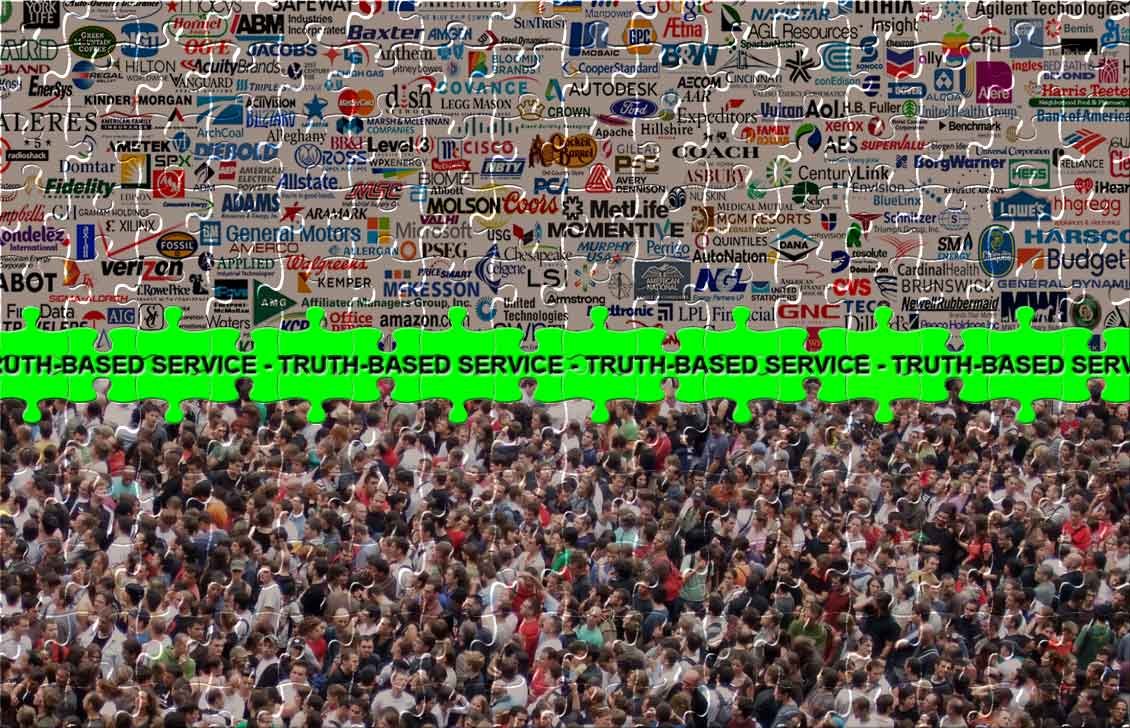“The Internet Economy is the 4th new economy in 250 years. This Internet economy has no friction…Tom Friedman said, ‘the world is flat,’ well the world is remarkably without friction, the number of markets in which ‘winner take all’ can take place — much bigger — and now it includes China…Any process that can be codified — that can be turned into an algorithm, becomes the basis of a service that can be delivered, without friction. Now whether somebody’s going to pay for it? Interesting question. And one of the interesting questions is what’s going to be the business model for services that don’t lend themselves to advertising.”
Bill Janeway of Warbug Pinkus on Bloomberg Surveillance, June 24, 2014.
All roads lead to The “Pedia Credibility Algorithm” (PCA) whether you prefer the logical, the evolutionary, the inevitable, the paradigm shift, the contrarian, or simple survival. PCA@PON is the complimentary opposite of SBT@POI — that produces exponential results from all past, present, and future marketing by simply optimizing the “credibility” of a marketer.
Experts like Bill Janeway of Warburg Pinkus, Carl Ledbetter of Pelion Ventures, Ray Dalio, Founder of Bridgewater Associates, Shoshanna Zuboff, American author and scholar, and Tom Goodwin of Havas Media have long predicted the form and structure of PCA marketing — including the necessary processes, components, formulas and algorithms that would be present — and they all lead to the PAC solution.
Any Process that can be Codified and turned into an algorithm..
Consumer-Aligned Marketing was inevitable
The Thin-Layer Customer Interface Platform
